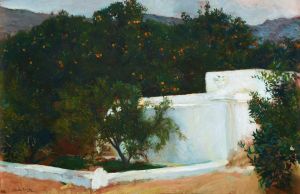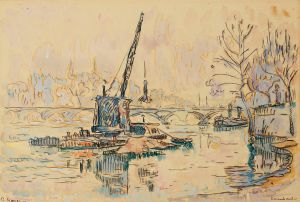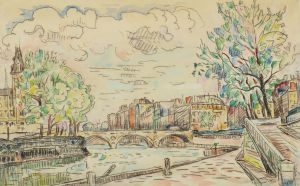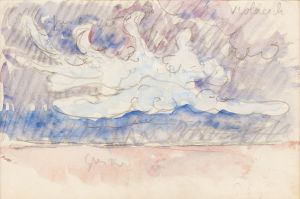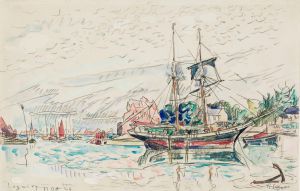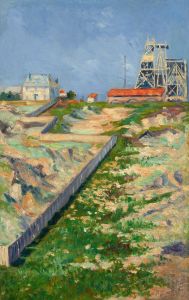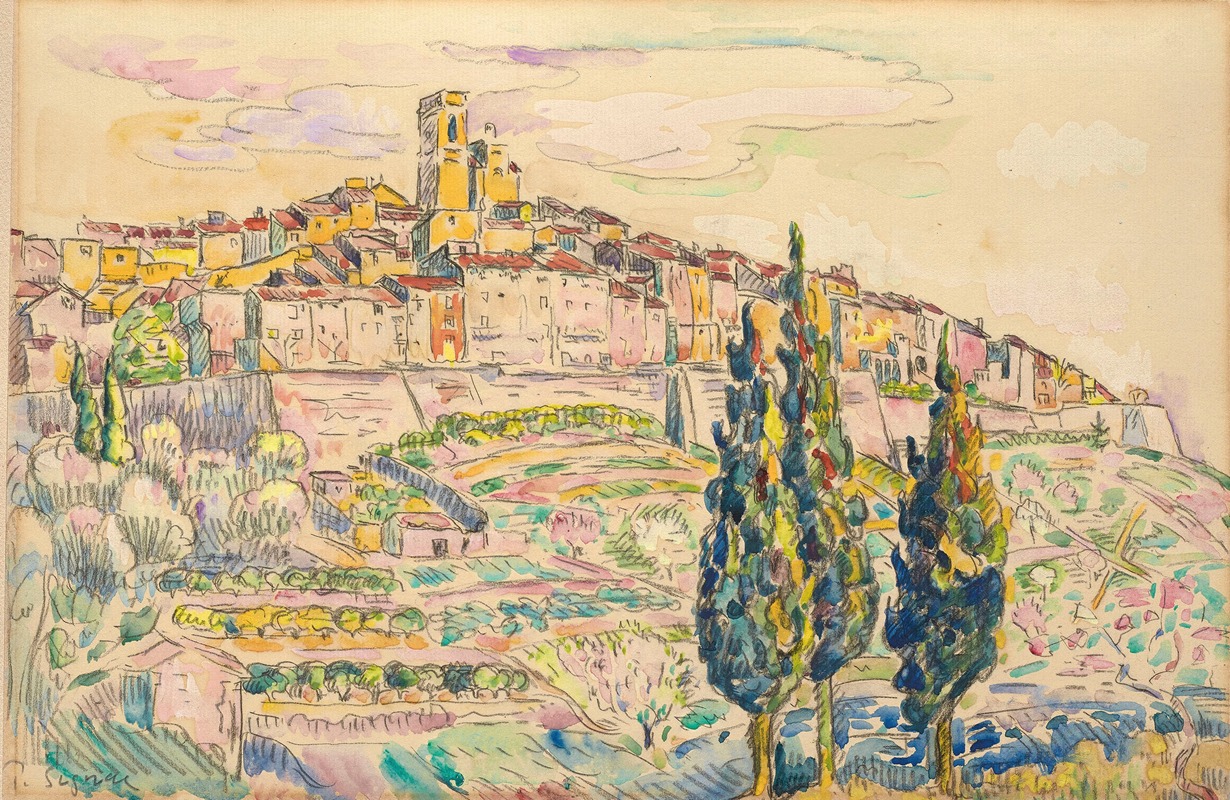
Saint-Paul
A hand-painted replica of Paul Signac’s masterpiece Saint-Paul, meticulously crafted by professional artists to capture the true essence of the original. Each piece is created with museum-quality canvas and rare mineral pigments, carefully painted by experienced artists with delicate brushstrokes and rich, layered colors to perfectly recreate the texture of the original artwork. Unlike machine-printed reproductions, this hand-painted version brings the painting to life, infused with the artist’s emotions and skill in every stroke. Whether for personal collection or home decoration, it instantly elevates the artistic atmosphere of any space.
Paul Signac's painting "Saint-Paul" is a notable example of his work in the Neo-Impressionist style, which he helped to pioneer alongside Georges Seurat. Created in 1898, the painting depicts the medieval hilltop village of Saint-Paul-de-Vence, located in the Provence region of southern France. This region was a frequent source of inspiration for Signac, who was drawn to its vibrant light, rich colors, and picturesque landscapes.
"Saint-Paul" exemplifies Signac's use of the pointillist technique, a method developed by Seurat and further refined by Signac. In this technique, small, distinct dots of color are applied to the canvas in patterns that blend optically when viewed from a distance. This approach was rooted in scientific theories of color and perception, aiming to achieve greater luminosity and harmony in the composition. In "Saint-Paul," Signac employs this method to capture the warm, sunlit atmosphere of the Provençal countryside, using a palette dominated by soft yellows, greens, and blues.
The painting portrays the village of Saint-Paul-de-Vence perched on a hill, surrounded by lush vegetation. The fortified walls of the village and its prominent church tower are rendered with geometric precision, reflecting Signac's interest in structure and form. The composition is balanced, with the village occupying the upper portion of the canvas and the foreground featuring a serene landscape of trees and fields. The interplay of light and shadow enhances the sense of depth and brings the scene to life.
Paul Signac was deeply influenced by the ideas of anarchism, which he expressed through his art by emphasizing harmony, balance, and the beauty of nature. While "Saint-Paul" does not overtly convey political themes, its serene and idyllic depiction of the French countryside can be seen as a celebration of the natural world and a retreat from the industrialization and urbanization of the late 19th century.
Today, "Saint-Paul" is recognized as an important work within Signac's oeuvre and the broader Neo-Impressionist movement. It demonstrates his mastery of the pointillist technique and his ability to capture the essence of a place through color and composition. The painting is held in a private collection, and its exact location is not publicly disclosed. However, it continues to be studied and appreciated for its artistic and historical significance.





